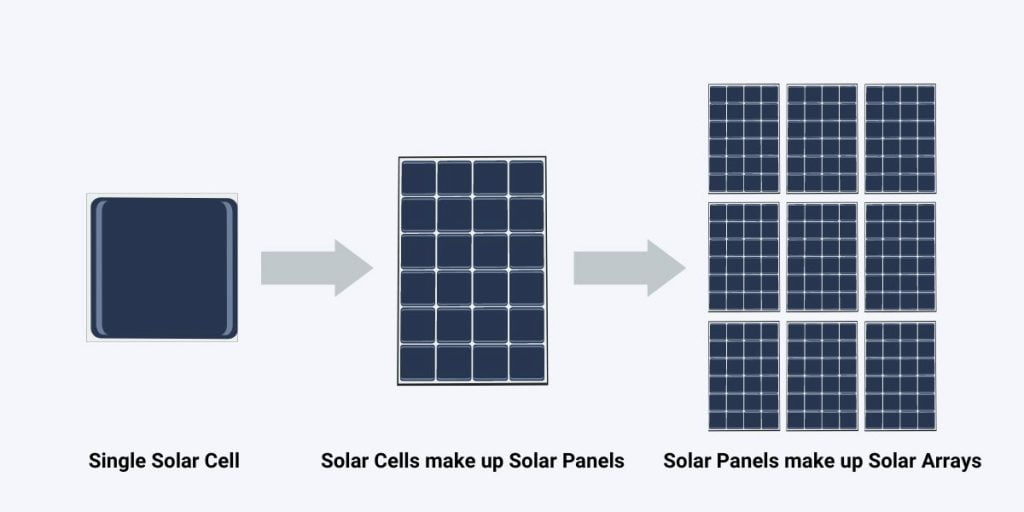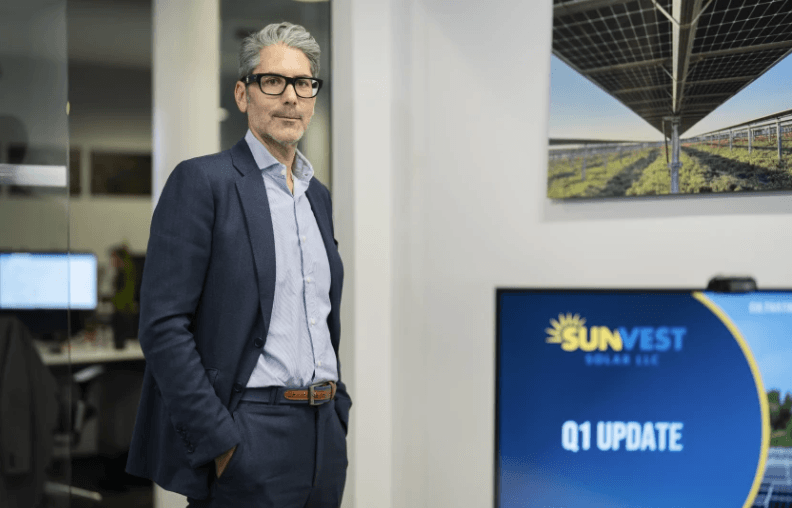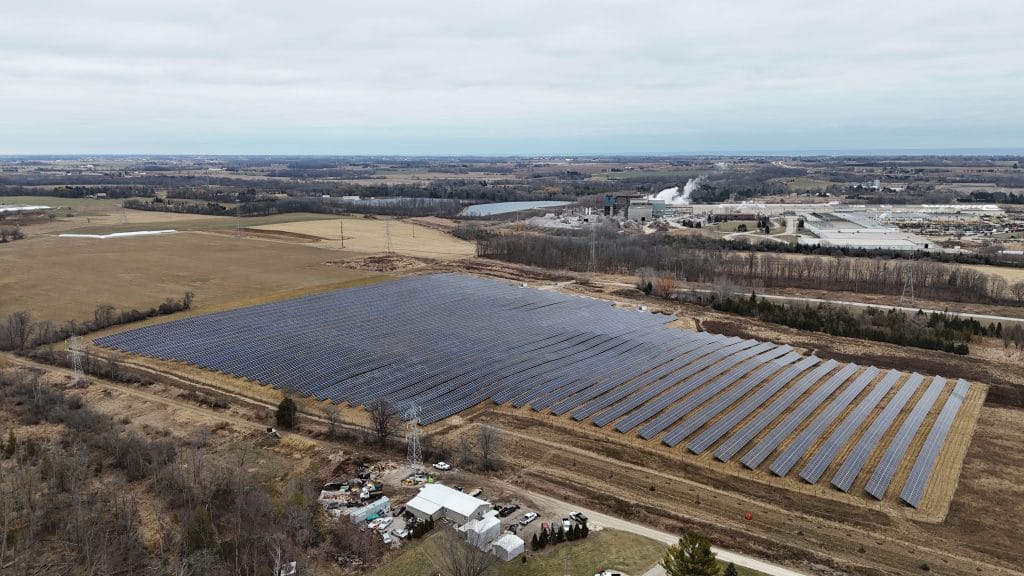The Beginner’s Guide to Solar Array Technology
The benefits of going solar are far and wide. From generating clean, renewable energy to power one building to supplying an entire community grid. From tax incentives upfront to profits and energy independence long-term, the list goes on. When it comes to building better energy solutions, the secret to tapping the full value of solar energy lies in solar array technology systems.
A solar array is a collection of solar panels made up of solar cells. It can also be referred to as a photovoltaic (PV) array. PV cells are the fundamental technologies for solar energy systems large and small. Solar array technologies are utilized to take on the energy needs of large-scale establishments.
Going solar is not a one-size-fits-all approach. There are a few considerations to note when investing in solar array technology. One of the biggest considerations is the type of tracker a solar panel is affixed upon and how the mechanisms work to harness the solar energy.

Types of Trackers
Solar arrays can be mounted in a fixed manner or on a sun tracking rack. Fixed arrays are set up in one direction without the ability to track or move with the sun. Tracking racks come in a few different styles that can impact how the solar panels engage with the sun.
Single and Double-axis Trackers
Single-axis trackers rotate in one direction. For example, single-axis trackers typically are aligned with north and south. This orientation allows the panels to arc from east to west to track the sun throughout the day.
Alternatively, double-axis trackers have the ability to align not only north and south, but east and west as well. Double-axis trackers truly optimize the full solar energy collection capacity throughout the day and can use algorithms and sensors to modify their positioning based on the time of year.
Tracking Mechanisms
In addition to a single and double-axis tracker, there are also active and passive solar tracking systems. These are the mechanisms needed to give the panel motion. Simply put, the active solar trackers use a motor to move and can be programmed to do so at certain times of the day and adjusted throughout the year, while passive trackers use the sun to move.
Finally, there are manual solar systems which rely on someone to actively position and move the panel throughout the day. Passive and manual trackers are less advanced in their design and function, making active tracker mechanisms the exciting avenue in solar energy technology today.
Custom Designed and Developed
Solar array technologies are designed to create sustainable and more efficient energy solutions. Solar arrays are a high-tech, worry-free investment for large scale utilities, commercial, agricultural, or industrial establishments looking to maximize their energy use and profits and minimize their carbon footprint. To put into perspective, 6-10 acres of land attributed to a solar array system can generate 1 megawatt of solar energy, which is enough to power 200 homes.
Solar array technology is a safe and reliable energy solution with minimal failure rates across the industry and are a sound additional revenue stream land and business owners. Each PV system is custom designed to match the power generation desired with the power capacity a site will allow. Solar panels have a lifespan of 25-30 years, providing a worry-free solution for the long haul.
Talk with our team today to see if your large-scale establishment is a fit for solar array technology. And stay tuned for the next article in this series on Solar Tech, when we discuss interconnects.
Stay connected! Follow us on LinkedIn!


